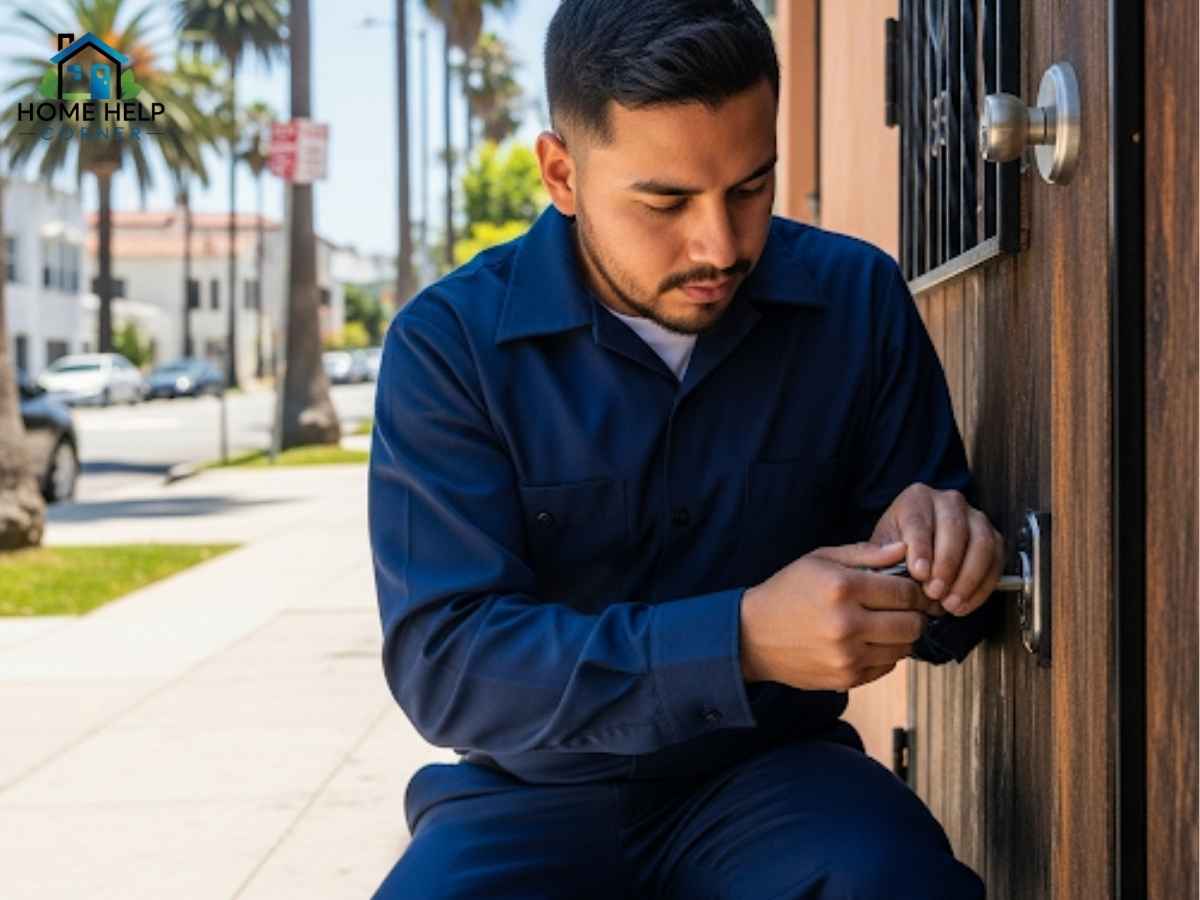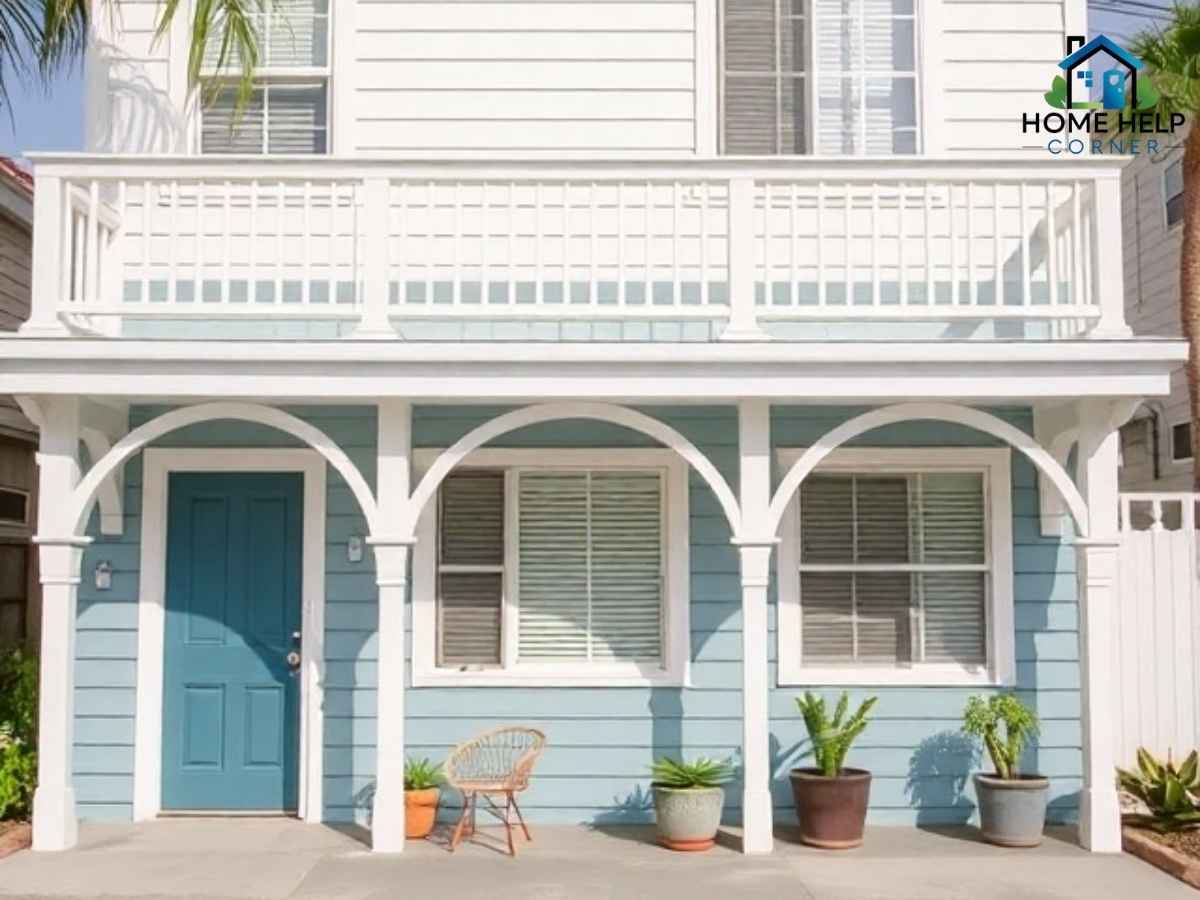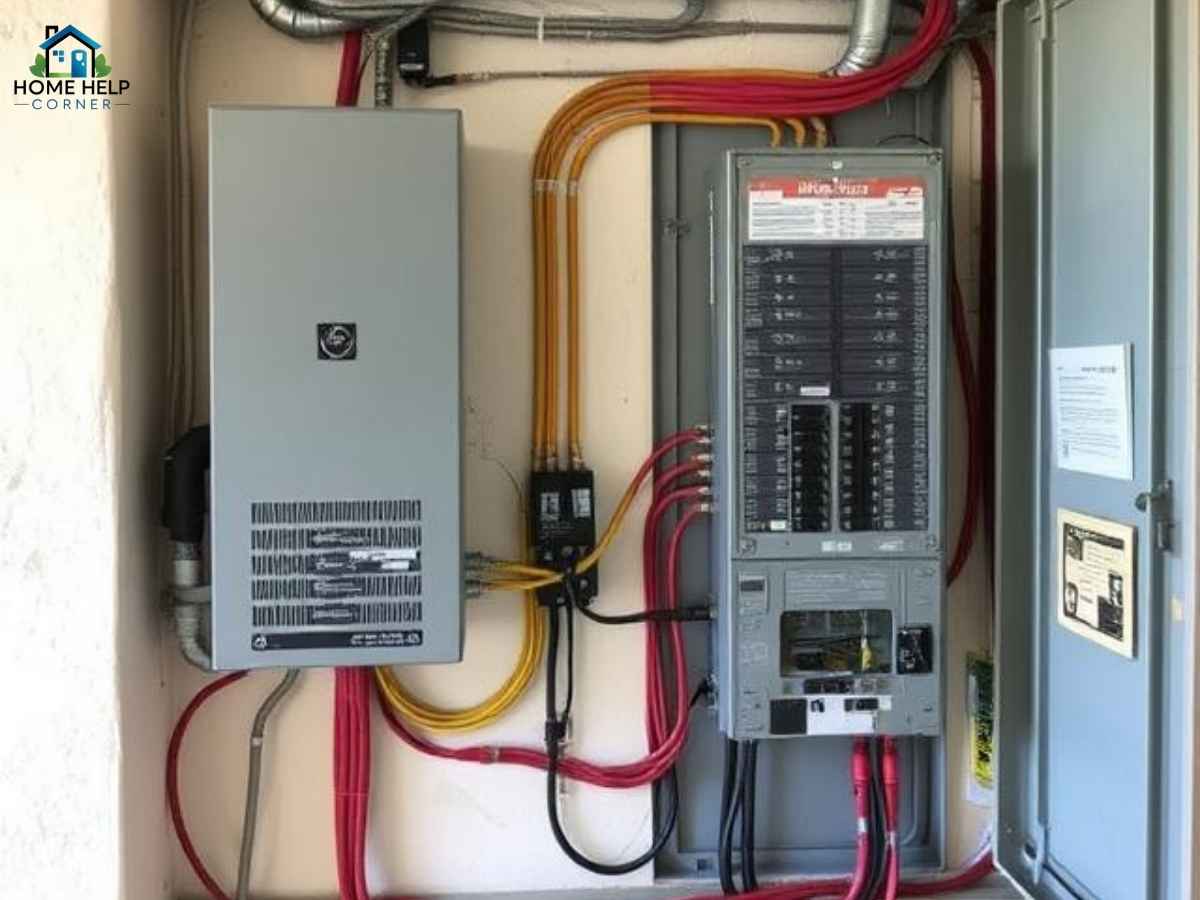Winter in Long Beach, Los Angeles, might not feature snow drifts like the Midwest, but that doesn’t mean your roof is safe from seasonal wear and tear. As a coastal city with a Mediterranean climate marked by mild, wet winters and Santa Ana winds, Long Beach roofing needs a winter inspection strategy tailored to local conditions. Whether living in Belmont Shore (ZIP 90803), Downtown Long Beach (90802), or North Long Beach (90815), protecting your roof before winter weather hits can save thousands and stress down the road.
Picture this: Maria in Alamitos Beach notices some water stains after a stormy night and wonders if it’s just a passing leak or something more serious. Carlos in North Long Beach experiences high winds in October and is concerned about damaged shingles. And Bianca in Bixby Knolls wants to make sure her aging tile roof is ready for the winter rains. These are real Long Beach scenarios that demand a thorough, hyper-local roof inspection roadmap designed just for this Southern California community.
Table of Contents
Understanding Long Beach’s Unique Winter Roofing Challenges
First, it’s critical to understand the local climate and weather factors influencing your roof’s condition in the winter months. Long Beach sits right along the edge of the Pacific Ocean, with winters averaging highs in the low 60s°F and lows in the upper 40s°F. The key challenges Long Beach roofs face in winter include:
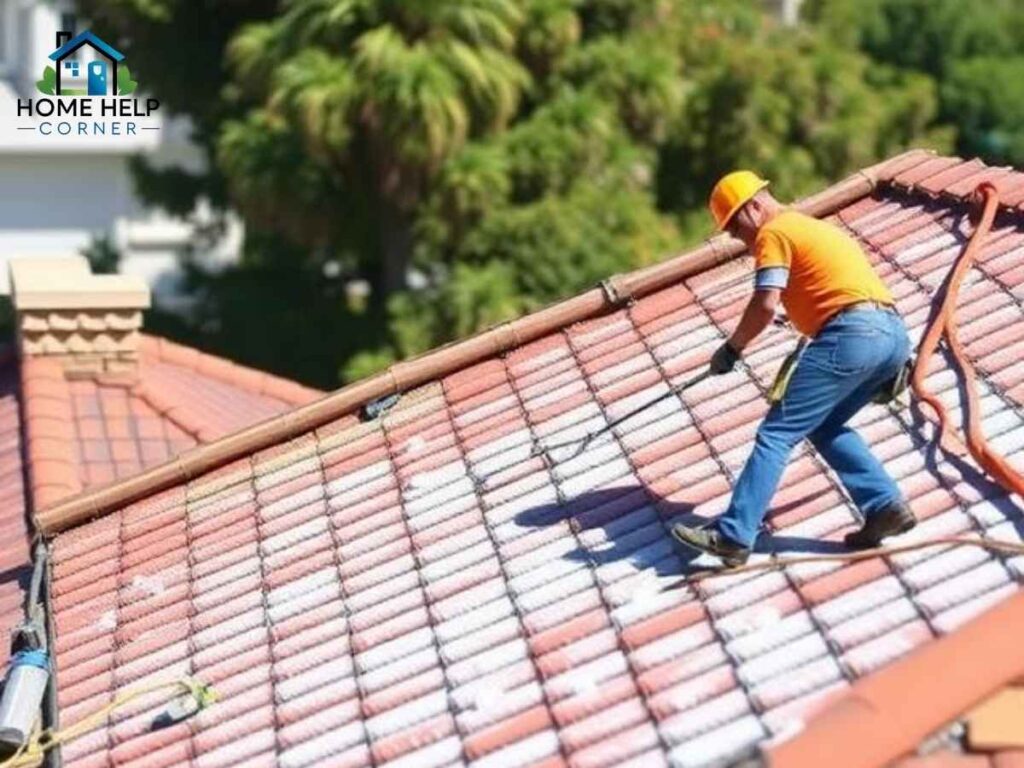
- Heavy rainstorms: After dry summers, winter rains can expose latent roof damage and lead to leaks.
- Santa Ana winds: These powerful, dry winds up to 40-60 mph strip granules off shingles, loosen tiles, and even cause structural damage.
- Salt air corrosion: Coastal humidity and salt spray accelerate wear on metal flashing and fasteners.
- Debris accumulation: Palms and other trees close to homes can deposit leaves and branches, clogging gutters and downspouts.
Localized reports from the Los Angeles Department of Water and Power (LADWP) also highlight an increase in wind bursts during October to February that correlate with rising roof maintenance claims. For Long Beach homeowners, addressing these will mean better roof longevity and fewer costly repairs come spring.
Winter Roof Inspection Checklist for Long Beach Homeowners
To help Long Beach residents prepare for winter effectively, here’s a comprehensive checklist based on local climate and customer experiences:
1. Clear and Inspect Gutters and Downspouts
- Remove palm fronds, leaves, and debris that trap moisture.
- Confirm gutters are firmly attached and not leaking.
- Check for proper water flow to avoid ponding at the roof edge.
2. Examine Shingles or Tiles
- Look for cracked, curling, or missing shingles.
- Surfacing granules loss is common with sun exposure — heavier loss signals aging.
- For tile roofs, inspect for broken, loose, or displaced tiles, especially from wind damage.
3. Check Flashing and Roof Penetrations
- Inspect metal flashing around chimneys, vents, and skylights for rust or gaps.
- Ensure sealant around penetrations is intact, preventing water entry.
4. Assess Roof Structure and Attic Ventilation
- Look for sagging areas or dips on the roofline suggesting structural issues.
- In the attic, watch for damp spots, mold, or insulation damage.
- Confirm vents are clear and working to avoid moisture buildup that causes rot.
5. Clean Roof Surface and Remove Debris
- Safely clear moss, algae, or any organic build-up.
- Mind that some roofing types, like clay tiles, may need professional cleaning.
6. Inspect for Signs of Wildlife Intrusion
- Look for nests, droppings, or chewed materials around vents or shingles.
- Birds and squirrels are common near Long Beach homes and can cause damage.
7. Evaluate Chimney Condition
- For homes with chimneys, check for cracks or crumbling mortar.
- Confirm chimney caps to prevent water and animals getting inside.
8. Test for Water Leaks and Damage
- After rain, inspect interior ceilings and walls for fresh moisture signs.
- Check basement or crawlspaces for evidence of leaks.
By regularly following this checklist annually before winter rains and winds hit, Long Beach property owners can proactively protect their homes and keep roofing costs manageable.
Neighborhood Case Studies and Customer Stories
Hearing directly from neighbors often brings the checklist to life. Here are three real Long Beach resident cases illustrating the checklist’s value across different areas:
- Belmont Shores, ZIP 90803: Jennifer had an old Spanish tile roof on her craftsman home. After a mild wet December, she noticed slow leaks near the attic. An inspection revealed a few cracked tiles and deteriorated flashing near her chimney. Prompt repairs avoided extensive water damage that could have impacted her hardwood floors.
- Downtown Long Beach, ZIP 90802: Mark lives in a 1950s bungalow with asphalt shingles. Strong October Santa Ana winds blew off several shingles and caused minor gutter detachment. A winter inspection helped him identify these early and secure the roof, preventing moisture entry during subsequent rains.
- North Long Beach, ZIP 90815: Bianca, a homeowner with a flat roof, found algae buildup and clogged drains in January after heavy rain. A roof inspection combined with professional cleaning and gutter work saved her from costly water pooling and potential ceiling damage.
Top 3 Local Service Providers for Winter Roof Inspections in Long Beach
Selecting the right roofing professional is key to ensuring thorough inspections and reliable repairs in Long Beach. These three providers stand out for their expertise, local knowledge, and service excellence:
- Atlas Roofing Long Beach
With over 20 years of roofing experience in Long Beach, Atlas Roofing specializes in residential roofs from tile to composite shingles. Their team is fully licensed and uses advanced inspection tools for precise diagnostics. Website: atlasroofinglongbeach.com - Cert-A-Roof Long Beach
Known for their LeakFREE® certification program, Cert-A-Roof offers highly detailed roofing inspections statewide, including Long Beach. Their certified inspectors evaluate roof leaks, structure, and materials with a proprietary standard ensuring long-term protection. Website: certaroof.com/long-beach-ca - High Performance Roofing Corporation
Serving Southern California, including Long Beach, High Performance Roofing provides comprehensive roof inspections focused on structural integrity, water damage, and ventilation. Their inspection reports include expert recommendations tailored to the local climate. Website: highperformanceroofingcorp.com
Useful Local Tools and Resources
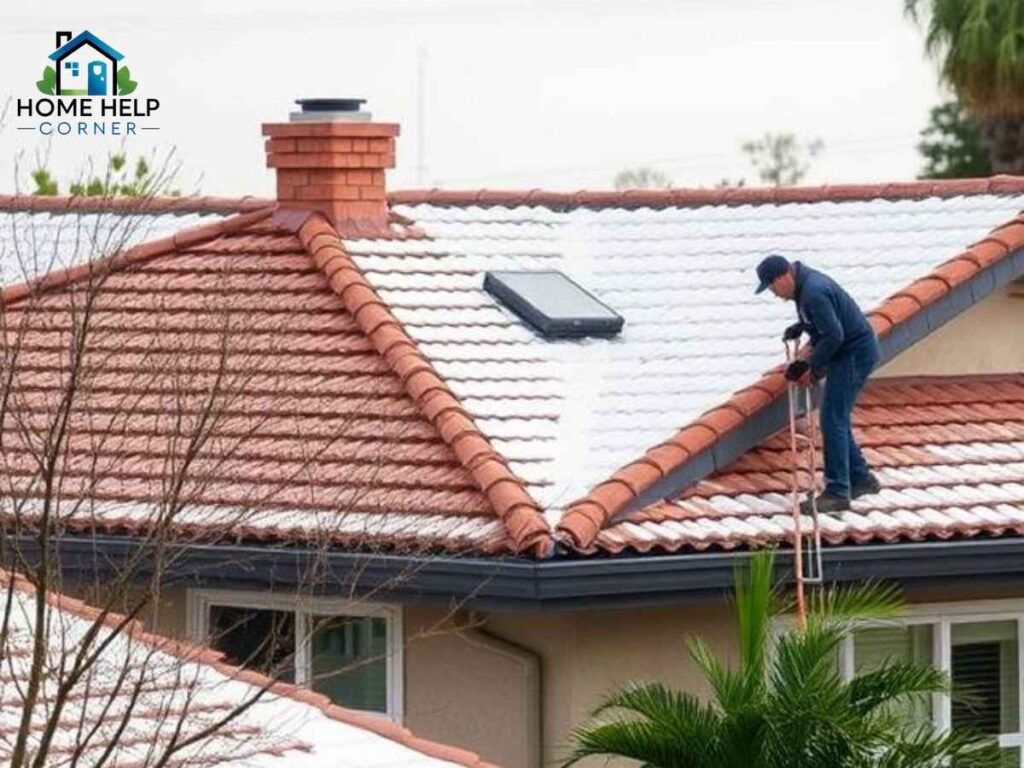
- Los Angeles Department of Water and Power (LADWP) – Offers weather updates, conservation tips, and local permits information relevant to home maintenance. ladwp.com
- Los Angeles County Building and Safety – For roofing permits and inspections in Long Beach, visit lacounty.gov/building and ensure all repairs comply with code.
- Better Business Bureau (BBB) of Southern California – Check roofing company ratings and reviews at bbb.org to find trusted professionals in your neighborhood.
In Closing: Protect Your Long Beach Roof This Winter
Winter roof care in Long Beach is a smart investment in protecting your home’s value and comfort. From clearing gutters in Belmont Shore to inspecting flashing in North Long Beach and addressing tile integrity in Bixby Knolls, a detailed winter inspection helps prevent costly problems later. Don’t wait for leaks or storm damage—schedule a professional roof inspection before the rainy season rolls in. Connect with local experts like Atlas Roofing or Cert-A-Roof who truly understand Long Beach’s unique climate challenges. Taking action now means your home stands strong through this winter and many more.
Frequently Asked Questions (FAQs)
When is the best time to schedule a winter roof inspection in Long Beach?
The ideal window is late fall, around October-November, before heavy rains and Santa Ana winds typically arrive in December through February.
What types of roof damage are most common in Long Beach winters?
Wind damage, water leaks from rainstorms, flashing deterioration, and salt corrosion from coastal air are the primary concerns.
Are roof inspections required for permits in Long Beach?
Yes, significant repairs and replacements need permits from the Los Angeles County Building and Safety department, often requiring inspection documentation.
How can I tell if my tile roof in Bixby Knolls needs repairs?
Look for cracked, loose, or missing tiles and check attic moisture after storms. A professional inspection is recommended due to tile roof complexity.
Can I do a roof inspection myself in Long Beach?
Basic inspection like checking gutters and visible shingles can be done, but professional inspections are advised to assess flashing, attic ventilation, and structural integrity safely.
